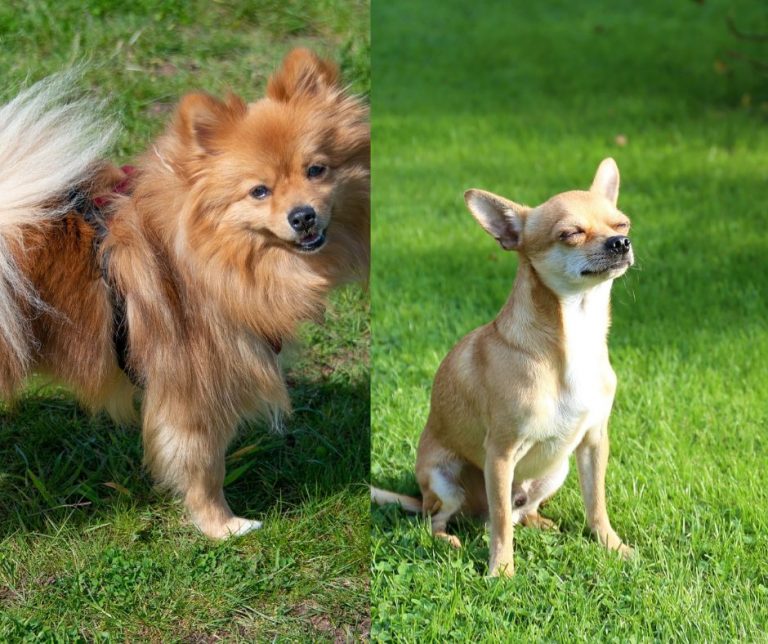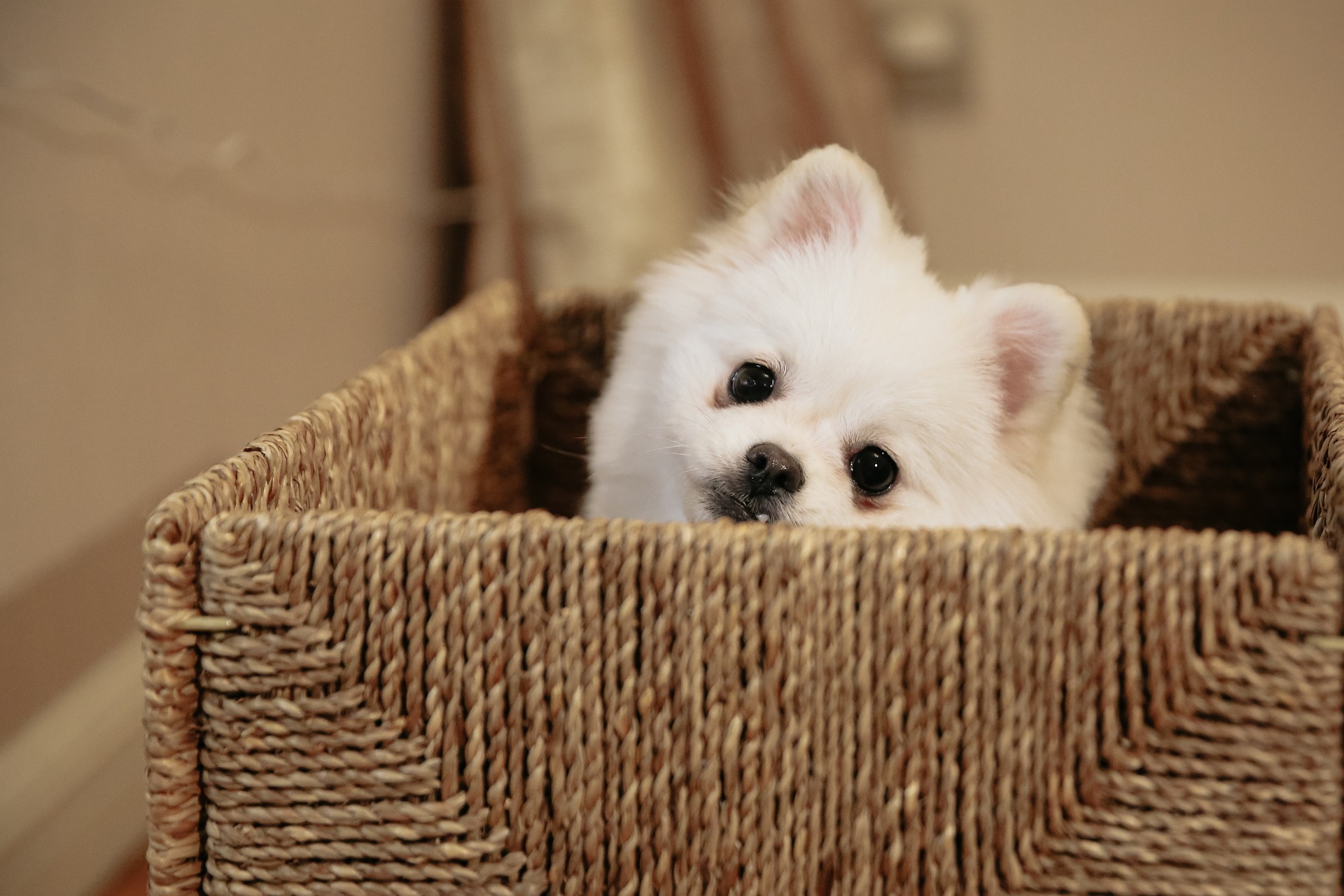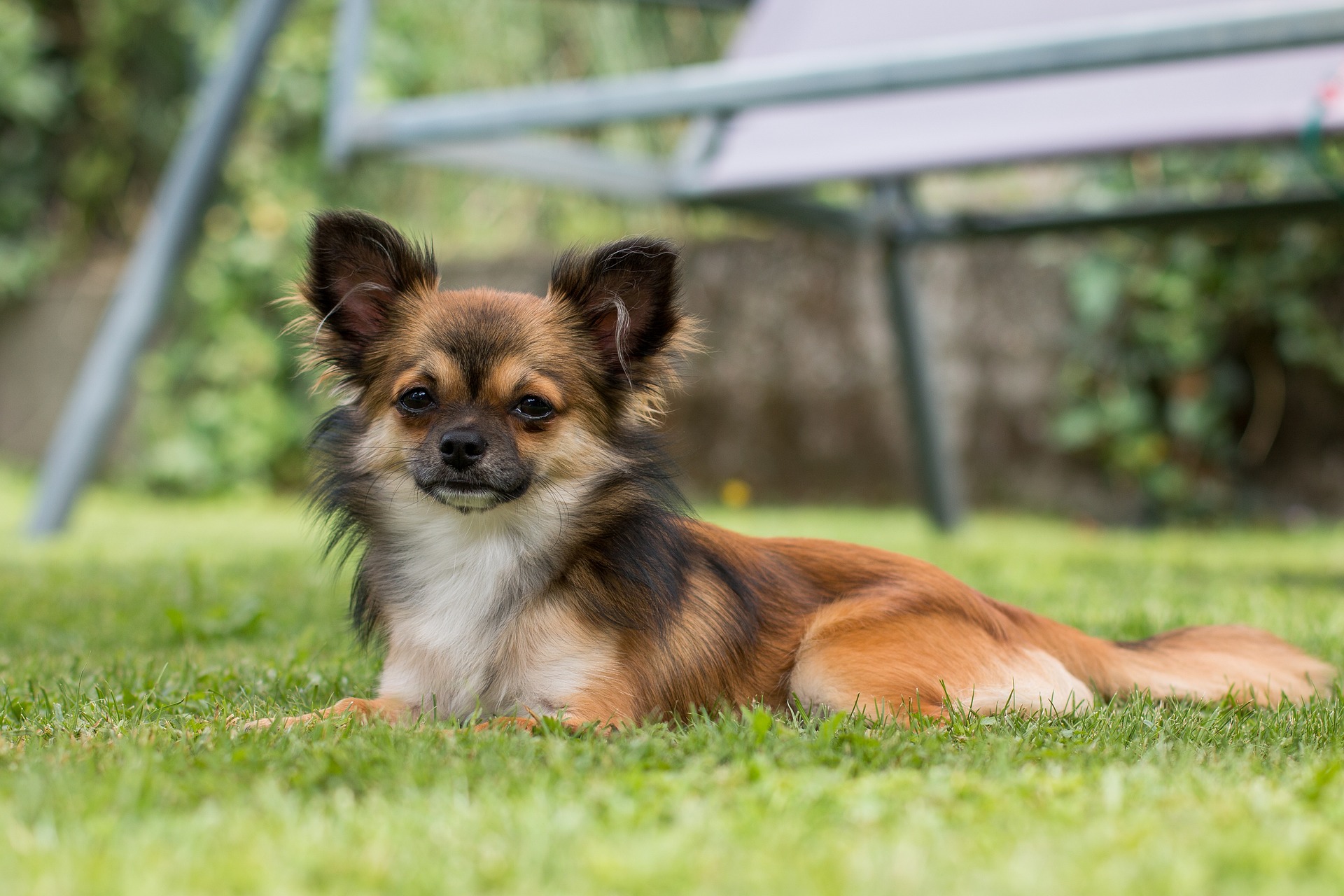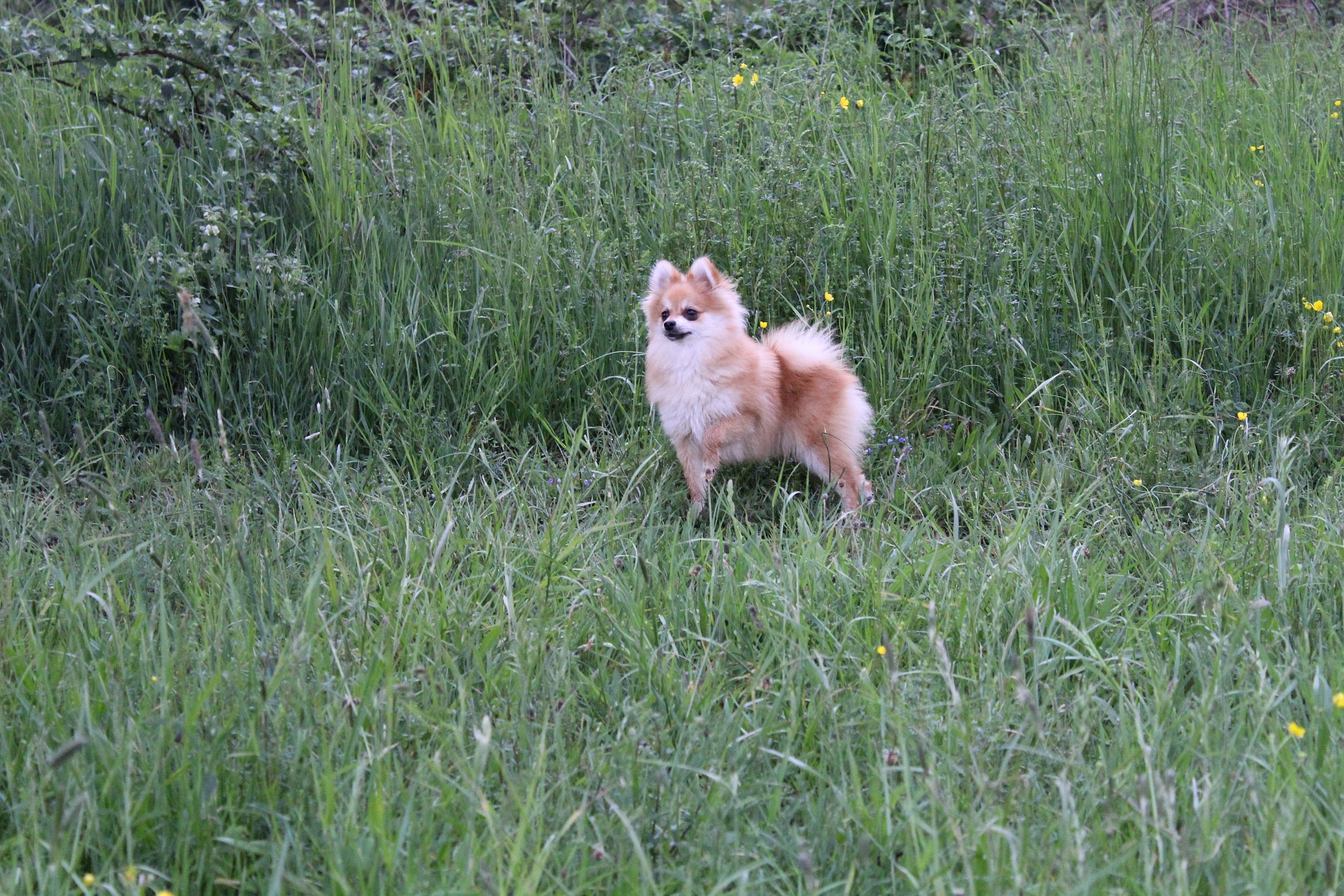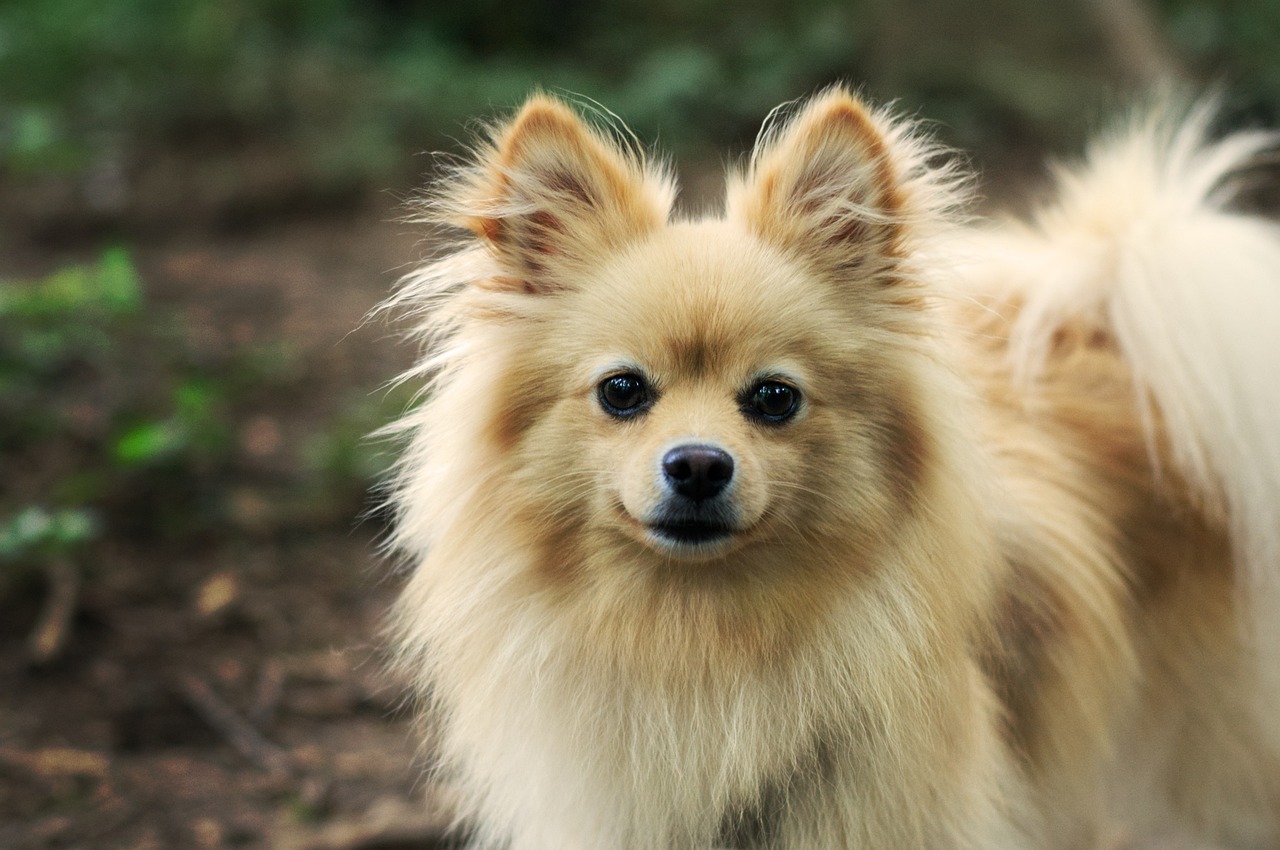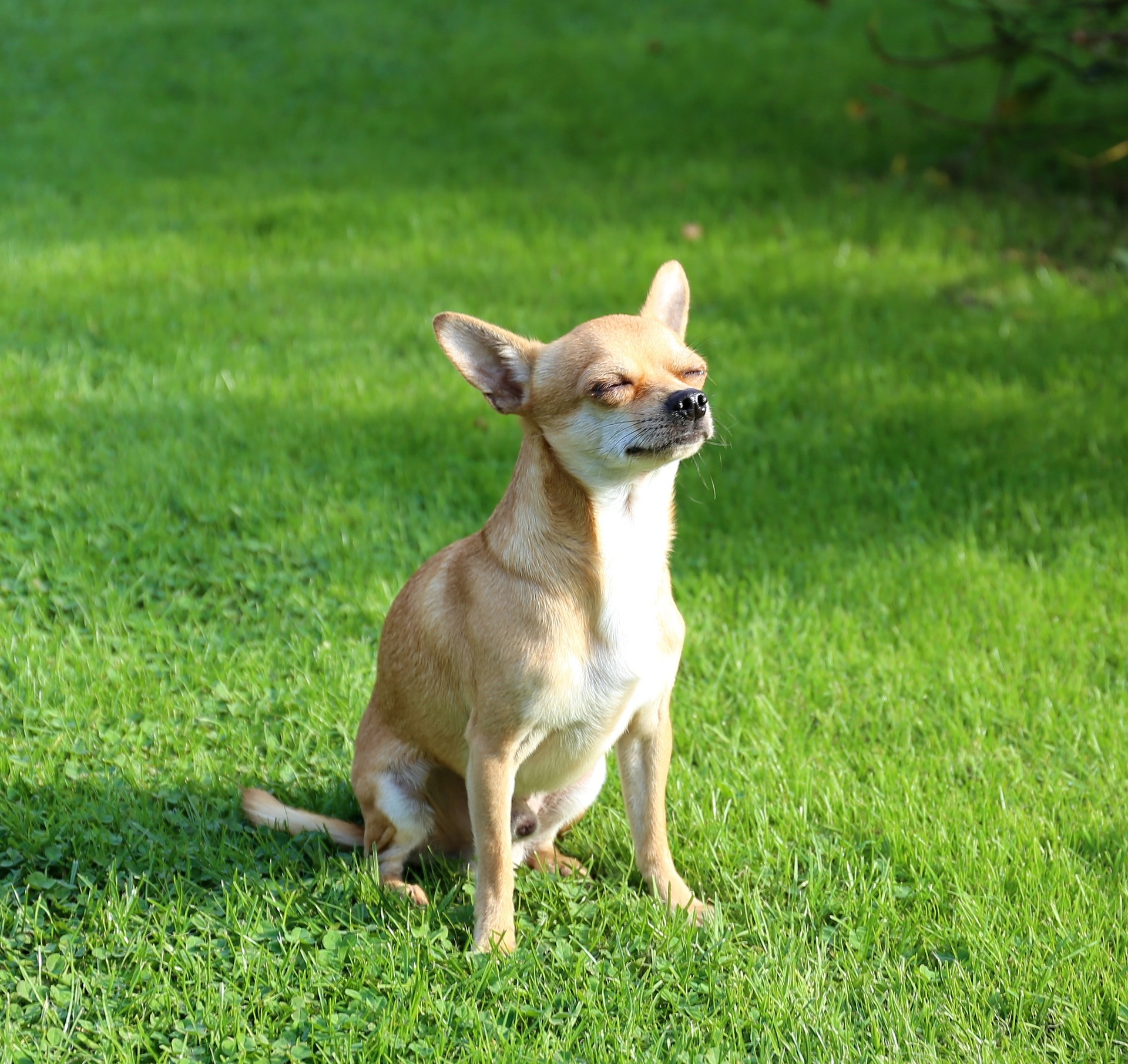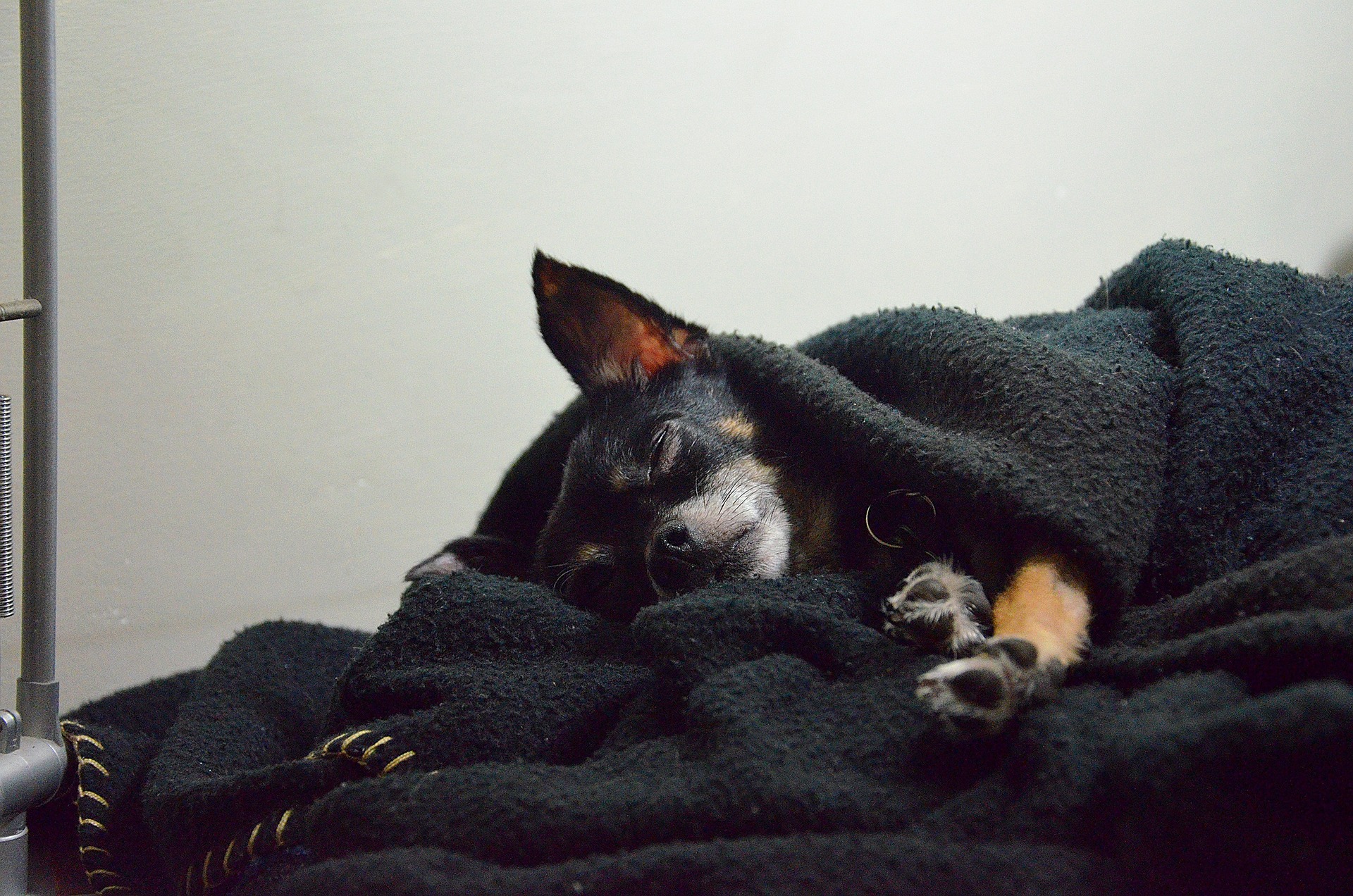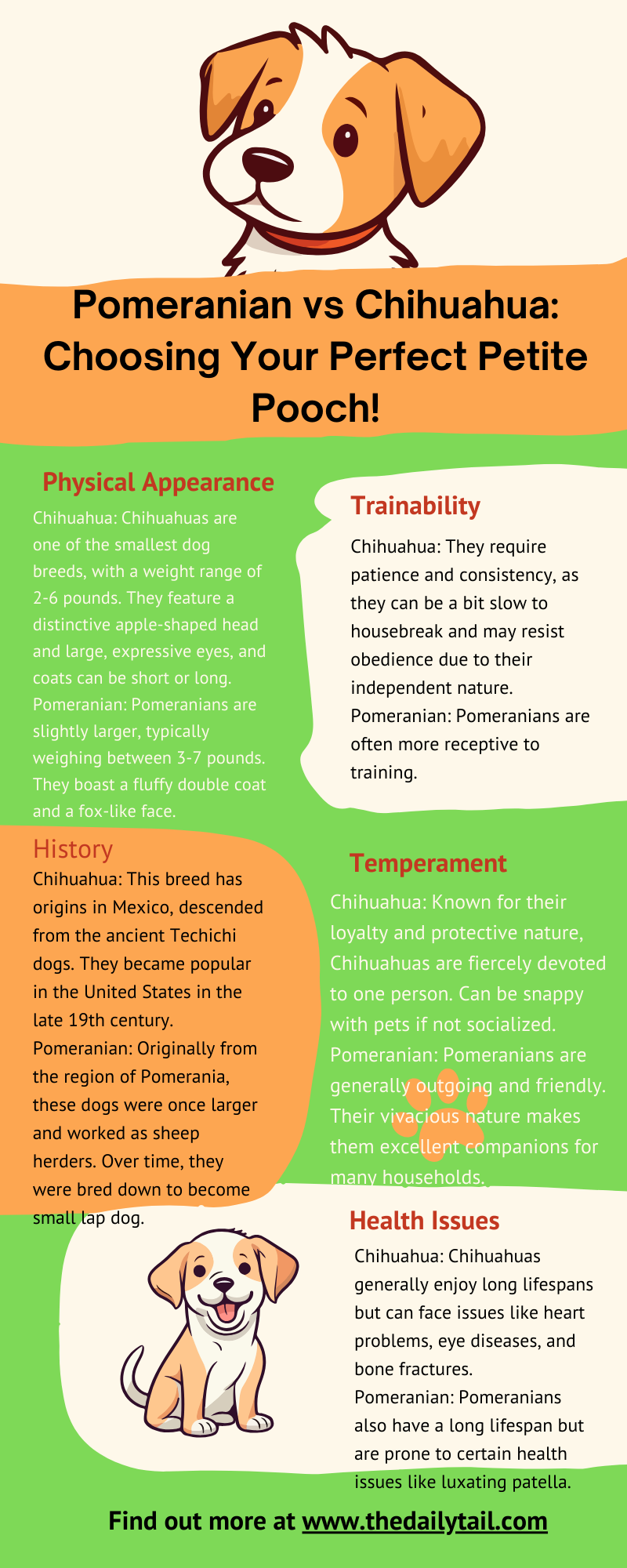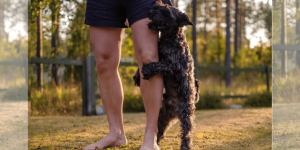When considering small dog breeds, the Pomeranian and Chihuahua are often top contenders for those seeking a lively, affectionate companion that fits into a variety of living situations.
While both breeds share similarities such as their petite size and spirited personalities, they each carry distinct traits and histories that might sway potential owners in one direction or the other.
It is important to understand not just the physical characteristics that distinguish these toy breeds, but also the nuances in their temperaments and care requirements.
The Pomeranian, with its fluffy coat and fox-like expression, hails from the Pomerania region of northern Poland and Germany. Its luxuriant fur and plucky spirit have made it a beloved pet among royalty and commoners alike.
On the other hand, the Chihuahua’s origins are rooted in the Mexican state bearing its name, and it is known for its saucy attitude and larger-than-life personality, all packaged in a tiny frame.
Beyond their size and spunk, these breeds have varying needs when it comes to grooming, exercise, and socialization, making understanding their differences essential for a harmonious household.
Today, we will look at the Pomeranian vs Chihuahua dog breed comparison. We also have to mention that some breeders have mixed these two. Pomchi dogs are a popular Pomeranian Chihuahua mix.
Key Takeaways
- Pomeranians and Chihuahuas are both small, vibrant dog breeds, each with a unique set of characteristics
- They differ in origin, with Pomeranians from the Pomerania region and Chihuahuas from Mexico, influencing their appearance and grooming needs
- Prospective owners should consider each breed’s specific temperament and care requirements when choosing the right fit for their environment
Breed Origins and History
Discovering the roots of dog breeds provides fascinating insights into how these beloved pets have journeyed alongside humans through history.
Diving into the ancestry of the Pomeranian and Chihuahua reveals a tapestry woven with cultural significance and royal influence.
Pomeranian Origins
The Pomeranian has its origins in the Pomerania region, lands that are now part of Poland and eastern Germany. This breed descends from the larger German Spitz, a lineage tracing back to sled-pulling dogs in the Arctic.
It wasn’t until the 19th century that Pomeranians gained significant popularity, thanks to Queen Victoria who fell in love with a smaller-sized Pomeranian. This sparked a trend; the nobility began selecting for these more petite Pomeranians, refining the breed to the compact size we adore today.
Chihuahua Background
Chihuahuas call Mexico their ancestral home, believed to be descendants of the Techichi, a companion dog favored by the Aztec civilization.
Artefacts and historical records suggest that these tiny canines played a role in Aztec society, possibly relating to spiritual beliefs or as companions in the afterlife. The Chihuahua, as we know it, maintained its core characteristics throughout the ages: a petite frame and a profound loyalty that has captivated dog lovers for generations.
Physical Characteristics
When considering a Pomeranian vs Chihuahua dog breed comparison, one might admire their distinctive physical features. From their varied coat textures to their expressive faces, each breed presents its own set of charming attributes. These physical characteristics are part of the breed standard set by the American Kennel Club.
Size and Weight
Pomeranians
- Height: 8-11 inches
- Weight: 3-7 pounds
Chihuahuas
- Height: 6-15 inches
- Weight: Can vary widely, typically under 6 pounds
Coat and Colors
Pomeranians exhibit a lush double coat that comes in an array of colors such as tan, red, black, white, cream, and sable. Their fluffy appearance is one of their most recognizable traits.
Occasionally, you may also encounter the merle pattern, which adds a unique touch to their look.
In contrast, Chihuahuas have coats that might be long or short, with the long-haired variety boasting a soft, smooth texture and the short-haired type having a sleek, glossy finish. Both long haired Chihuahua and short haired Chihuahua have the same range of coat colors.
Just like Pomeranians, they embrace a spectrum of colors, including the same shades that Pomeranians do, which adds to their appeal.
Facial Features
Both breeds have expressive facial features that endear them to dog lovers.
Pomeranians are known for their alert, fox-like expressions accentuated by their bright eyes and small, pointed ears. Each one seems to wear a perpetual smile that invites affection.
Chihuahuas, on the other hand, have a very distinct apple-shaped head with large, round eyes that give them a somewhat surprised appearance. Their ears are larger in proportion to their head, standing erect when they are attentive, which contributes to their iconic look.
Personality and Temperament
Choosing between a Pomeranian and a Chihuahua is more than just a matter of size—it’s about matching your lifestyle with their distinct personalities and temperaments.
Behavioral Traits
Pomeranians are often seen as the life of the party. They bring a bubbly and energetic presence to the home, always ready for playtime or a brisk walk.
These fluff balls are bold and intelligent, unafraid to express themselves, which can sometimes manifest in a sharp bark. Despite their small size, they can be quite independent and stubborn, making consistent training a must.
Chihuahuas, on the other hand, may surprise people with their sassy and big-dog attitude in a tiny package.
They are intelligent too and can be incredibly loving, often forming a strong attachment to their owners.
This breed can be more reserved and may take some time to warm up to strangers, but they often show a fierce loyalty once they do.
Interaction With Families and Pets
When it comes to families, Pomeranians can be wonderful companions. They can thrive in an environment with older children who understand how to interact gently with small breeds.
Similarly, if they’re socialized early, they generally get along well with other dogs. However, due to their small size and sometimes feisty nature, supervision is recommended to ensure play never gets too rough.
Chihuahuas can be quite sociable too but might prefer adults or families with older children.
Due to their loyal nature, they can sometimes be overprotective, which could be a challenge around new faces and other pets.
Training them to be friendly and polite from a young age will help ensure they’re well-mannered around both humans and furry friends.
Care Requirements
Caring for a Pomeranian or Chihuahua means meeting specific needs to ensure they lead a happy, healthy life.
Let’s explore what these delightful little dogs require in terms of grooming, exercise and nutrition, as well as their commonly seen health issues and expected lifespans.
Grooming Needs
Pomeranians have a magnificent double coat that requires regular brushing, at least a few times a week, to prevent mats and tangles.
Their grooming routine should include monthly baths, regular teeth brushing, and nail trims.
Chihuahuas need less grooming due to their shorter coat, but they still benefit from weekly brushing and the same dental and nail care as Pomeranians.
Exercise and Diet
Despite their small size, both breeds have moderate exercise needs:
- Pomeranians: 30 minutes of daily activity such as walks or play sessions
- Chihuahuas: Also require daily exercise but may have slightly less stamina
Both Pomeranians and Chihuahuas need well-balanced diets tailored to their size, with an eye on portion control to prevent obesity.
The importance of quality nutrition cannot be overstated for these little dogs to maintain their energy and overall health.
Health and Lifespan
On average, a Pomeranian dog breed’s lifespan ranges from 12-16 years, while Chihuahuas may share a similar lifespan.
Common health issues that may affect them include:
- Hip dysplasia: More common in small breeds like Pomeranians
- Heart problems: Chihuahuas can be prone to this, so watchful care is essential
- Patellar luxation and kidney stones: Affect both breeds
- Hypothyroidism and cataracts: Also concerns for both Pomeranians and Chihuahuas
Regular vet check-ups can help catch and manage these conditions early. Preventative care is a fantastic way to extend the joy these dogs bring into one’s life. Because of them being some of the longest-living dog breeds, Pomeranians and Chihuahuas are often used for cross-breeding.
Training and Socialization
When bringing a Pomeranian or Chihuahua into the home, training and socialization are key to ensuring that they grow into well-behaved and sociable pets.
Both breeds respond well to consistent, positive reinforcement methods. While they’re equipped with intelligent minds, they can have a bit of a stubborn streak, so patience and creativity in training will go a long way.
House Training
Pomeranians and Chihuahuas, like many small breeds, can benefit from early house training. They need a regular schedule:
- Breakfast, lunch, and dinner times: Fixed feeding times help regulate potty breaks
- Potty breaks: They should be taken out first thing in the morning, after meals, and before bedtime
Creating a designated potty area and using positive reinforcement — like treats and praise when they use it — can make house training more effective.
Both breeds may experience separation anxiety, which can sometimes lead to accidents. Offering a comforting toy or clothing with your scent can help manage this.
Learning Commands
Training Pomeranians and Chihuahuas to follow simple commands is not just a party trick; it’s essential for their safety and for developing good manners.
Here’s a simple approach:
- Start with basic commands such as sit, stay, and come
- Use positive reinforcement: Give a treat and verbal praise when they obey. This fosters obedience and also helps mitigate excessive barking
- Repeat commands regularly. Keep training sessions short to hold their attention
These breeds can be territorial, which is something to manage during socialization when trying to temper watchdog instincts.
Socializing them with other dogs and people early on helps them become more confident and less prone to unnecessary barking.
Choosing the Right Breed for Your Environment
When one lives in an apartment or a small home, selecting a dog breed that thrives in limited space is crucial.
Pomeranians and Chihuahuas, both members of the toy group, are well-suited for indoor living.
Their small stature makes them perfect companions for city dwellers.
Pomeranians: They’re fluffy bundles of energy who love to play. Despite their vivacity, they typically adapt well to apartment living.
- Energy Level: High
- Ideal Environment: Indoor with daily walks
- Space: Comfortable in small spaces
They do need daily walks and playtime, but they can expel a lot of their energy with interactive games indoors.
Chihuahuas: These little dogs may have even more sass packed into their tiny frames. They have slightly lower energy levels compared to Pomeranians, making them exceptional indoor pets.
- Energy Level: Moderate to high
- Ideal Environment: Mostly indoor, with love for sunbathing
- Space: Suitable for very small living spaces
They appreciate cuddles just as much as play and can be quite content watching over their domain from the couch.
Both breeds can fit into family life, but if there are kids around, Chihuahuas are generally more tolerant, though every dog has its own personality.
For those who enjoy outdoor activities, both can enjoy strolls in the park, but supervision is key, as their small size doesn’t suit rough, outdoor play.

